Diagnostic Set
Diagnostic Set
A diagnostic set refers to a collection of tools and instruments used to examine, diagnose, and monitor the health of patients. These sets are essential in medical practice, allowing healthcare professionals to assess a patient’s condition accurately. Diagnostic sets typically include various devices, each serving a specific purpose in the diagnostic process.
Diagnostic sets can vary based on the specific needs of the medical professional and the setting in which they are used, such as general practice, pediatrics, otolaryngology, or emergency medicine. These tools are crucial for conducting thorough physical examinations and making informed clinical decisions.
Description
Diagnostic Set
A diagnostic set refers to a collection of tools and instruments used to examine, diagnose, and monitor the health of patients. These sets are essential in medical practice, allowing healthcare professionals to assess a patient’s condition accurately. Diagnostic sets typically include various devices, each serving a specific purpose in the diagnostic process. Common components of a diagnostic set include:
- Otoscope: Used to examine the ears, allowing the healthcare provider to look inside the ear canal and eardrum.
- Ophthalmoscope: Used to inspect the interior structures of the eye, including the retina and optic nerve.
- Stethoscope: Used to listen to the internal sounds of the body, such as the heart, lungs, and intestines.
- Sphygmomanometer: Used to measure blood pressure.
- Thermometer: Used to measure body temperature.
- Tongue depressor: Used to hold down the tongue to examine the mouth and throat.
- Reflex hammer: Used to test deep tendon reflexes to assess the nervous system.
- Penlight: A small flashlight used to check pupil response and examine small body cavities.
- Tuning fork: Used to assess hearing and vibration sense.
- Pulse oximeter: Used to measure oxygen saturation in the blood.
- Glucometer: Used to measure blood glucose levels.
- Speculum: Used to widen an opening in the body to allow for examination.
Diagnostic sets can vary based on the specific needs of the medical professional and the setting in which they are used, such as general practice, pediatrics, otolaryngology, or emergency medicine. These tools are crucial for conducting thorough physical examinations and making informed clinical decisions.











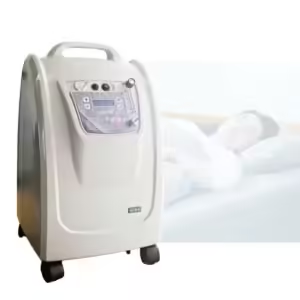





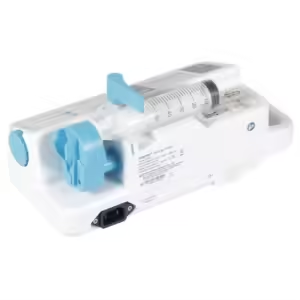








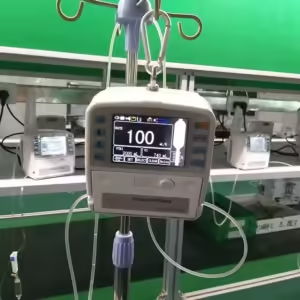

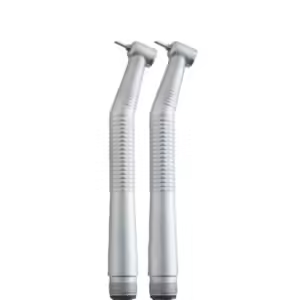
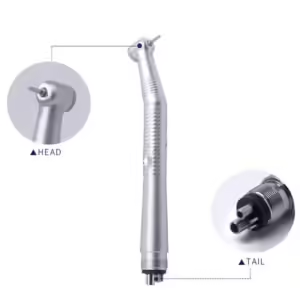
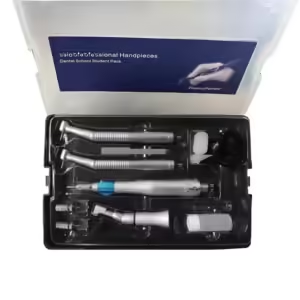
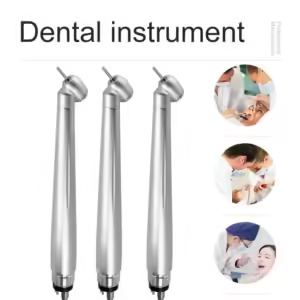













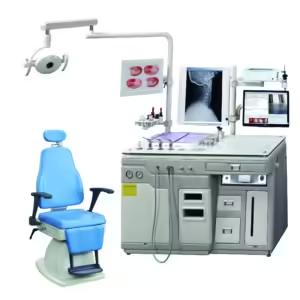
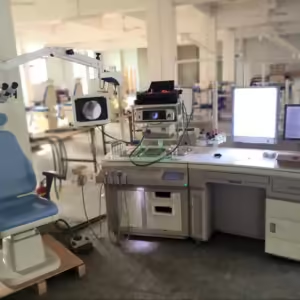


Reviews
There are no reviews yet.